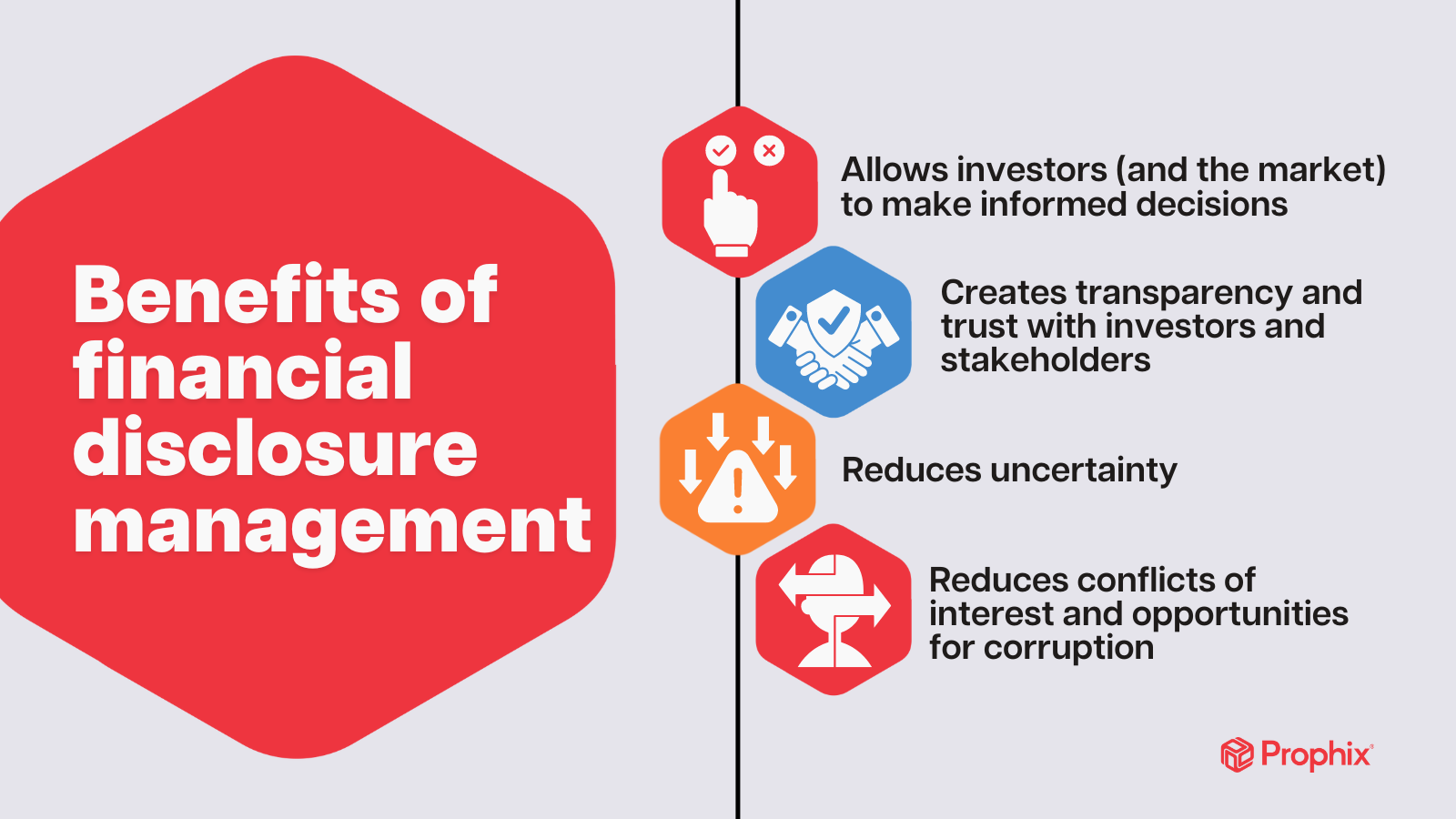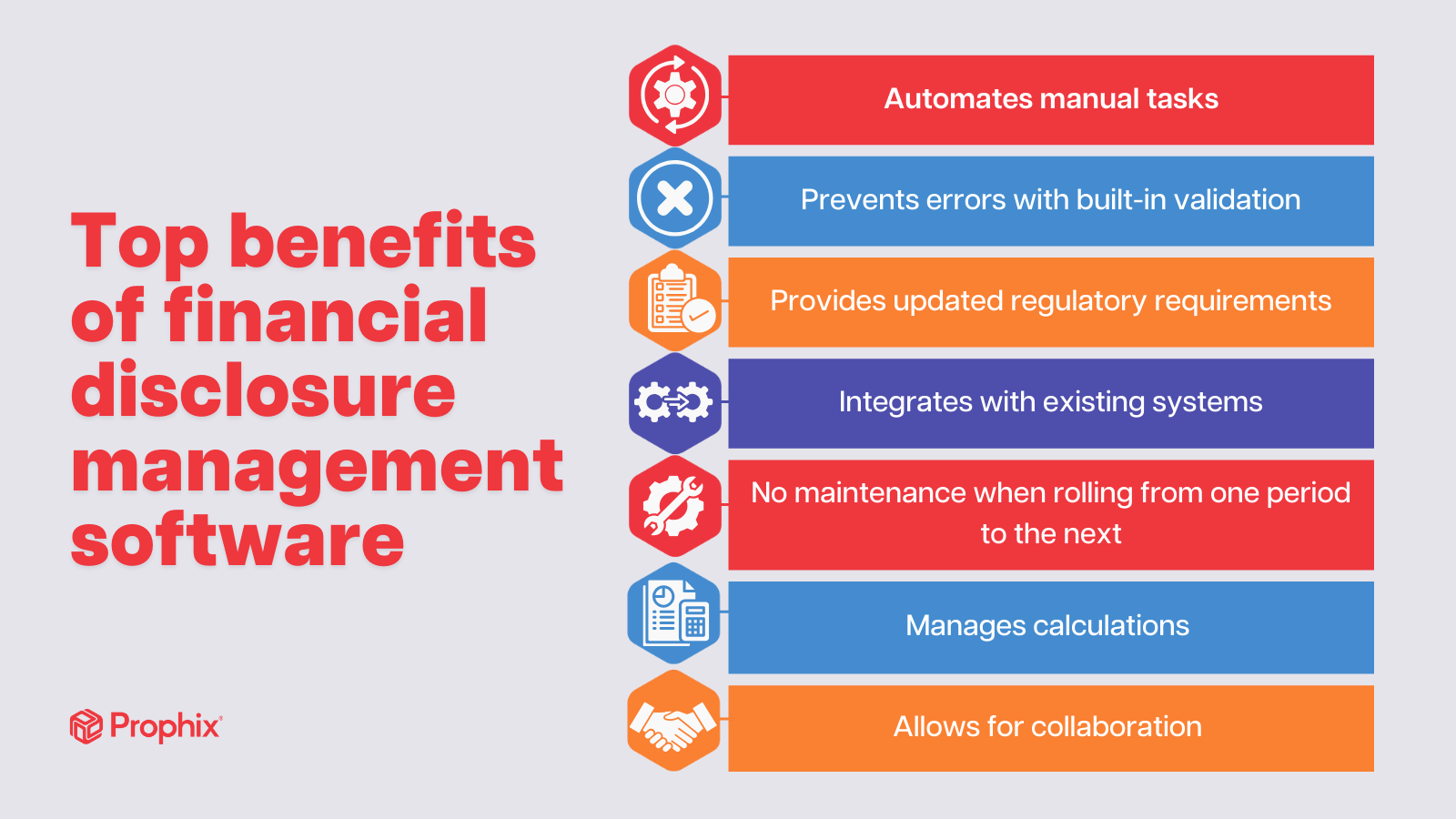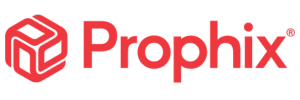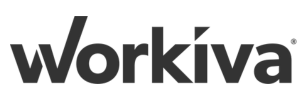Financial disclosure management: A guide for finance in 2024
Whether you work for a publicly traded company or you have shareholders to answer to, financial disclosures are a recurring responsibility for the Office of the CFO. But these disclosures can be some of the most complex documents to prepare, with any number of compliance requirements to track. That’s where financial disclosure management comes in; trying to make this process as efficient as possible.
Let’s dive in.
- What is financial disclosure management?
- What's included in a financial disclosure?
- What are the benefits of financial disclosure management?
- What are some of the challenges of financial disclosure management?
- Financial disclosure management best practices
- Financial disclosure management software
- FAQs about financial disclosure management
- Conclusion: Financial disclosure management with Prophix
What is financial disclosure management?
Let’s start with a deep dive into this crucial financial process, what’s involved, and how it’s taken care of.
What is a financial disclosure?
A financial disclosure is a type of financial report an organization must prepare to meet specific legal or regulatory requirements. Publicly traded companies, for example, have to provide SEC filings and quarterly earnings reports so current and potential investors have transparency in their business position before making purchase or voting decisions, while private organizations may have to provide financial statements that follow a certain accounting standard in order to secure financing.
Who needs financial disclosure management?
Any organization that has to produce financial disclosures already has a financial disclosure management process; the only real question is how intentional it is. If the Office of the CFO is always scrambling to produce disclosures come filing time, it’s a sign you need to take this process more seriously.
Does disclosure management need to be more robust?
Yes, the financial disclosure process generally needs to be more robust. Regulatory bodies are often updating and broadening disclosure requirements, meaning more mindfulness and intentionality is required out of the finance team to ensure disclosures are complaint.
Who are the governing bodies that regulate disclosure?
The governing bodies relevant to your financial disclosures will vary depending on your location, your industry, and the type of organization you’re in. Here are just a few examples of governing bodies that regulate these disclosures:
- The Securities and Exchange Commission (SEC): This independent federal agency regulates financial markets in the U.S. and organizations that sell financial products may need to file financial disclosures with them.
- The Financial Account Standards Board (FASB) and International Financial Reporting Standards (IFRS) Foundation: These institutions enforce accounting standards in the U.S. (for the former) and abroad (the latter). Many financial disclosures have to abide by regulations set forth by one or the other.
- Stock exchanges: Publicly traded companies have specific financial disclosure requirements, regulated by the stock exchange they’re listed on.
What's included in a financial disclosure?
A financial disclosure typically includes a breadth of financial data that’s shared with investors and other stakeholders, as well as other information.
Operations insights and financial statements
Balance sheets, income statements, cash flow statements, and shareholder equity statements are the most common financial statements in a financial disclosure. In some cases, you might also add information about your operations, like revenue streams, cost structure, as well as research and development activities.
Legal disclaimers
Depending on who they’re submitted to (i.e. regulators vs. investors), financial disclosures may need a few disclaimers to protect the company issuing them. Here are some examples:
- Forward-looking statement disclaimers
- Limitation of liability
- Reliance on third-party information
- No guarantee of accuracy or completeness
- Changes and updates disclaimer
Conflicts of interest
Conflicts of interest can affect a company’s bottom line and how valuable they are as an investment, so they’re usually included in financial disclosures. For example, a CEO with a significant financial interest in a competitor has a significant conflict of interest that requires disclosure.
ESG (environmental, social, and governance) disclosures
ESG refers to standards that communicate a company’s decisions and behaviors around important issues, such as the diversity of their staff and the environmental impacts of their operations. Some investors, private equity firms, and other organizations evaluate these standards closely, as these disclosures have become more important—and in some locations, mandatory—in recent years.
What are the benefits of financial disclosure management?
Financial disclosures can be required by regulatory authorities as part of doing business or produced voluntarily for potential investors and other stakeholders. Either way, the process of financial disclosure management is about making these available and doing so more efficiently. Here are some of the benefits involved.
Allows investors (and the market) to make more informed decisions
For publicly traded companies, financial disclosures are an important part of raising capital. Investors use them to determine whether a company is worth investing in or not, and these choices give signals to the broader market.
Create transparency and trust with investors and stakeholders
The more information you make available to investors and other stakeholders, the more they’ll trust your disclosures. Financial disclosures are a chance to build trust and create confidence that your organization knows how to make the best of good times and navigate difficult situations. It is strategic and beneficial for the long-term to establish oneself as a transparent company that provides well-rounded and informative disclosures, as this builds confidence that investors can hold onto their investments with your company well into the future, even during uncertain economic periods.
Reduces uncertainty
When everyone is focused on getting things done and meeting deadlines, it can be tough to know where the organization is at financially. Regular financial disclosures can be used throughout the organization as reference points for important decisions.
Reduces conflicts of interest and opportunities for corruption
By proactively sharing and disclosing potential conflicts of interest, your company becomes more aware of them. This information also acts as a data point to ensure that internal controls are properly implemented and relevant. This can help avoid conflicts and their potentially devastating impacts. Employees become more conscious about potential conflicts of interest while any bad actors in your organization learn that their activities will be found out sooner or later.

What are some of the challenges of financial disclosure management?
While financial disclosure management is an essential process, it does pose some significant challenges. But with the right processes and tools in place, you can overcome these challenges.
Disclosure management is expensive
Between the time it takes employees to go through the financial disclosure process, the cost of dedicated software, and the potential expense of external consultants (like legal experts), each financial disclosure can get rather expensive.
Changing regulatory landscape makes it difficult to templatize
Between the multiple regulatory bodies involved in financial disclosures, organizations have to abide by ever-changing standards with every disclosure. Just reviewing these standards—and making sure there aren’t new regulations to account for—can be a full-time task in itself.
Training needed to improve digital literacy among the disclosure management team
As regulatory bodies modernize their reporting standards, disclosure management teams need specialized training to keep up. For instance, the SEC adopted iXBRL in 2018, meaning all organizations needing to file disclosures with them now need to use software using this language.
Cybersecurity and privacy concerns
Teams working on financial disclosures are managing a ton of potentially sensitive information that’s being transferred between platforms. This creates cybersecurity risks, since any single platform or transfer can lead to a data breach with massive ramifications for the organization and its customers. This creates additional costs for an already expensive process.
Difficulty upgrading legacy systems
Many organizations get used to working with certain legacy systems, meaning they’re quickly outpaced by regulatory requirements and increasing compliance needs. Migrating from these legacy systems to more advanced platforms often requires a significant investment of time and resources to get right.
Financial disclosure management best practices
While financial disclosure management can be an expensive and time-consuming process, there are some best practices that you can keep in mind to alleviate the strains it can cause.
Automatiseer wat je kunt
Manual work is the bane of financial disclosure management. It takes precious time away from a team that already has a lot on its plate, creates a risk for expensive human error, and requires extra validation even when the work is done. These days, organizations have access to tons of solutions to automate the monotonous work involved in financial disclosures.
Be security-minded
Don’t make cybersecurity just a list of things to check off; make it an integral part of financial disclosure management. By working closely with IT and IS departments, you can ensure that your process doesn’t put the organization’s data at risk.
Use a single source of truth for easier data governance
One of the main challenges organizations run into for financial disclosures is centralizing data from multiple sources. Having a centralized solution for managing your data is the best way to ensure everyone is using the same up-to-date, accurate information for financial disclosures.
Improve your analytics and reporting
Too often, the Office of the CFO arrives at filing season realizing that they need to make up for deficiencies in analytics and reporting—and work twice as hard. Instead, spend dedicated time each fiscal year working to improve analytics and reporting processes. It’ll make your financial disclosures much easier.
Best financial disclosure management software
What is financial disclosure management software?
Financial disclosure management software helps the Office of the CFO centralize the data they need for their disclosures. It also streamlines the entire process, usually by having built-in disclosure requirements, collaborative features, and version control.
What should financial disclosure management software do?
At its core, financial disclosure management software should make every part of the process run more smoothly, more efficiently, and with as little manual work as possible. Here are just some ways it can help:
- Automates manual tasks
- Prevents errors with built-in validation
- Provides updated regulatory requirements
- Integrates seamlessly with existing systems
- Requires no maintenance when rolling from one period to the next, reducing the potential for human error
- Eliminates the need for calculations to be managed in a spreadsheet, by being managed by a robust calculation engine instead
- Allows for collaboration between team members to provide additional notes

Our top 3 picks for financial disclosure management software
Here’s a quick list of some of your best options for financial disclosure management software.
prophix

Prophix offers a fully integrated financial performance platform that centralizes your data from existing systems while streamlining the financial disclosure process. Everyone who needs to collaborate on disclosures can do so from a single environment with built-in dashboards that increase visibility over report progress and allow for real-time task tracking. Disclosure management with Prophix allows you to disclose financial statements, regulatory filings, internal reports, and sustainability reports
Learn more about how Prophix facilitates financial disclosure management.
Workiva

Workiva is a dedicated platform for financial reporting, ESG tracking, auditing, risk analysis, and more. That makes it an ideal platform for financial disclosures, and it’s used for this purpose by some of the largest organizations in the world, from Google to Delta Airlines.
SAP Disclosure Management

SAP Disclosure Management is a tool from SAP’s larger financial management software suite, an ERP system used by organizations like Toyota, Nestlé, Microsoft, and Cirque Du Soleil. It’s fully integrated with other SAP software, meaning it’s a perfect option for financial disclosure for organizations already using SAP products.
Want a deeper dive into financial disclosure management software? Check out our full guide here.
FAQs about financial disclosure management
Still have some questions about financial disclosure management? We have the answers.
What is financial disclosure management?
Financial disclosure management is the process organizations use to make financial disclosures, both when required by various regulatory bodies and voluntarily for investors and stakeholders. Making and sharing these disclosures requires significant resources, and the disclosure management process is all about finding opportunities to increase efficiency.
What is XBRL and how is it related to disclosure?
XBRL is a data language that’s considered a business reporting standard for financial disclosures and other types of documentation. Through this language, the Office of the CFO can apply recognizable tags to the information they’re disclosing, in a way that’s readable both by people and software. Financial disclosure management software often uses this language.
Why do companies need disclosure management?
Without proactive management and regular improvements, financial disclosures can be a burden. They’re time-intensive, tying up essential teams for days or weeks. Regulatory requirements are constantly changing, and mistakes can be costly. Disclosure management mitigates some of these issues while improving the accuracy of your disclosures.
Conclusion: Financial disclosure management with Prophix
Financial disclosure management is an important process for managing the challenges that come with producing financial disclosures. It saves your team crucial time, ensures that disclosures are accurate and compliant, and can even prevent serious data breaches. But you don’t need dedicated disclosure management software to do this; a powerful financial performance platform that will transform all of your finance processes is an excellent investment.
And Prophix is the platform for this.
Prophix integrates seamlessly with existing systems to streamline financial disclosures, allowing teams to get them down in less time, with fewer headaches and no costly mistakes by automating as much manual work as possible.
